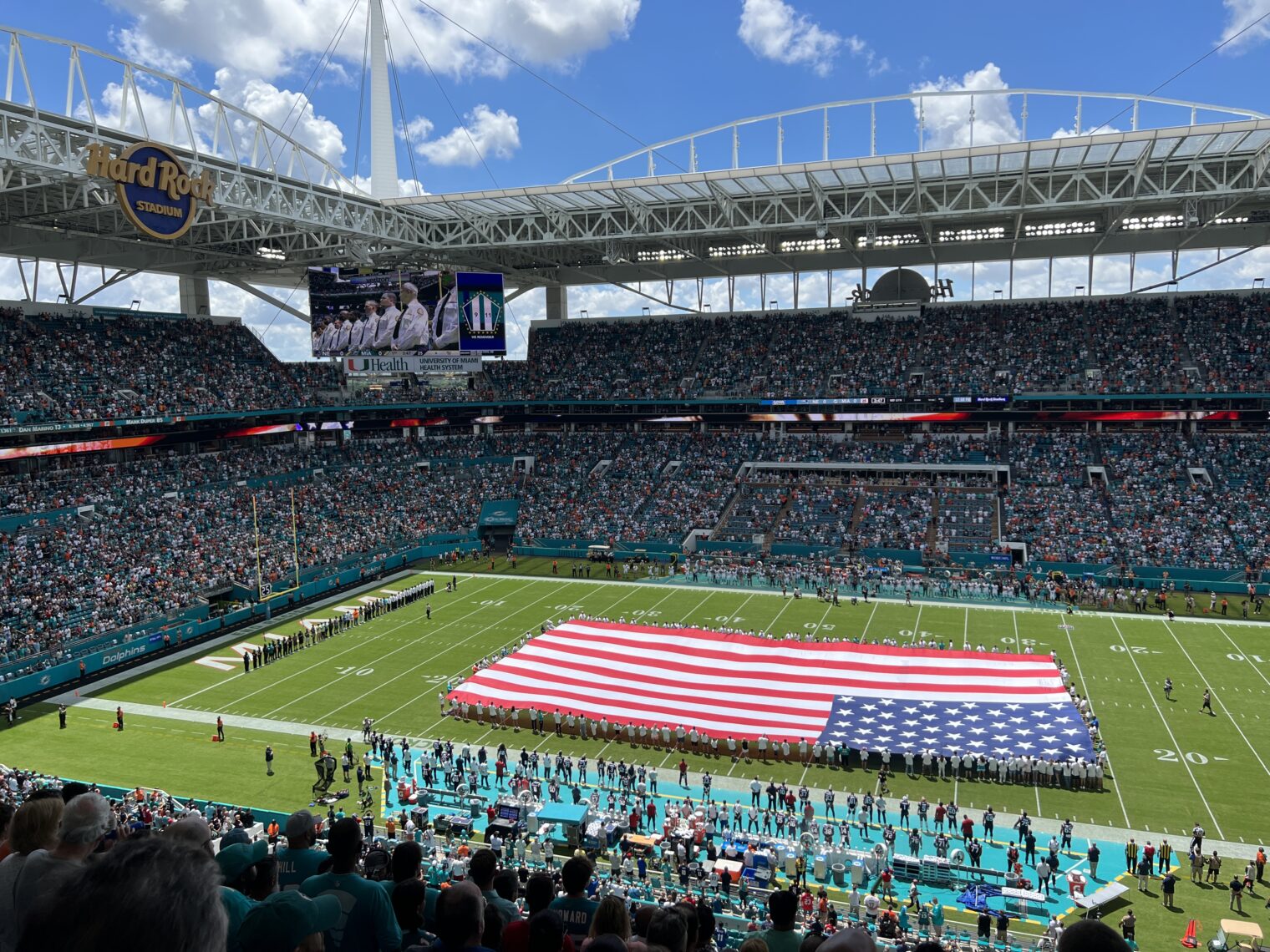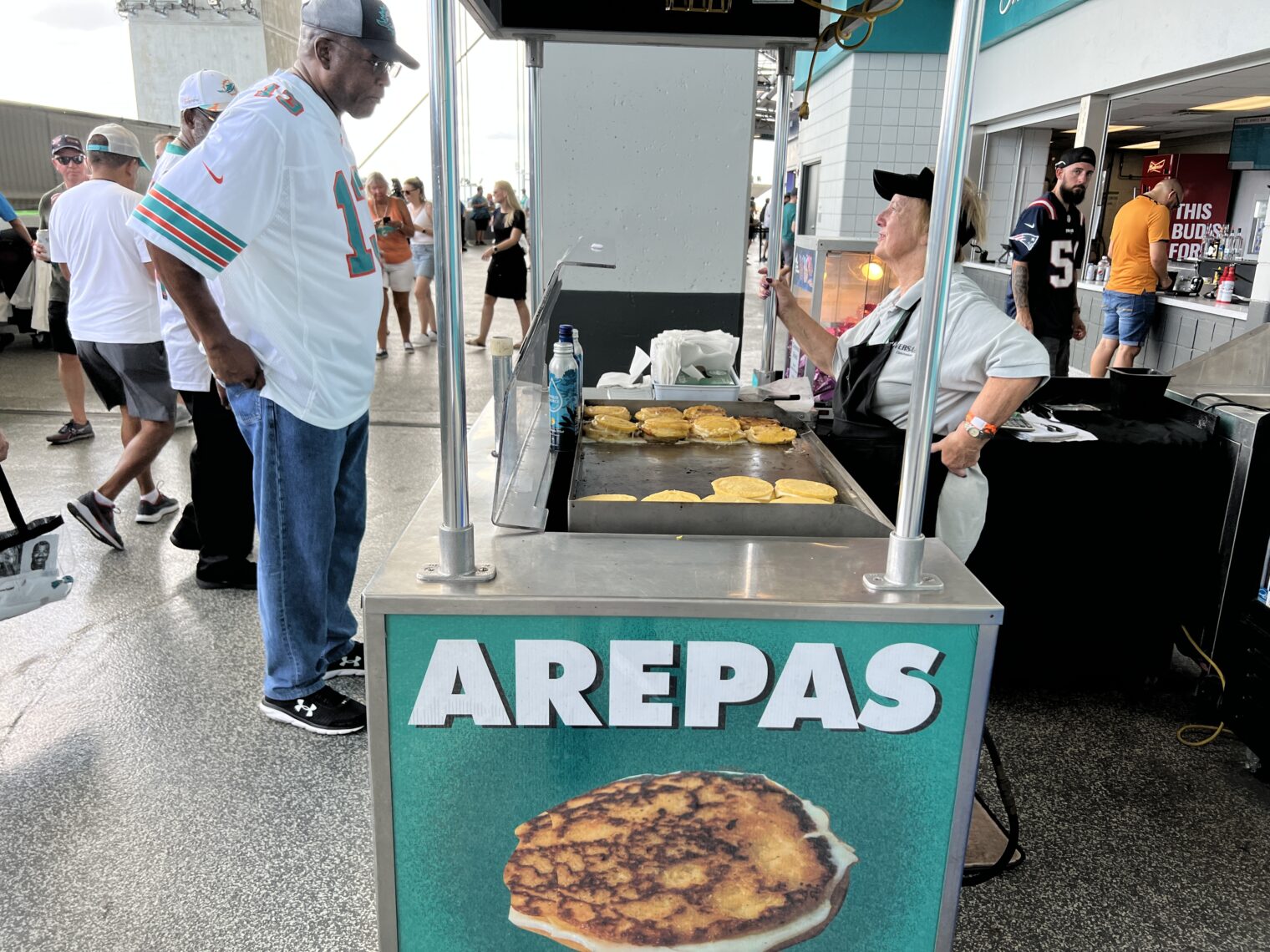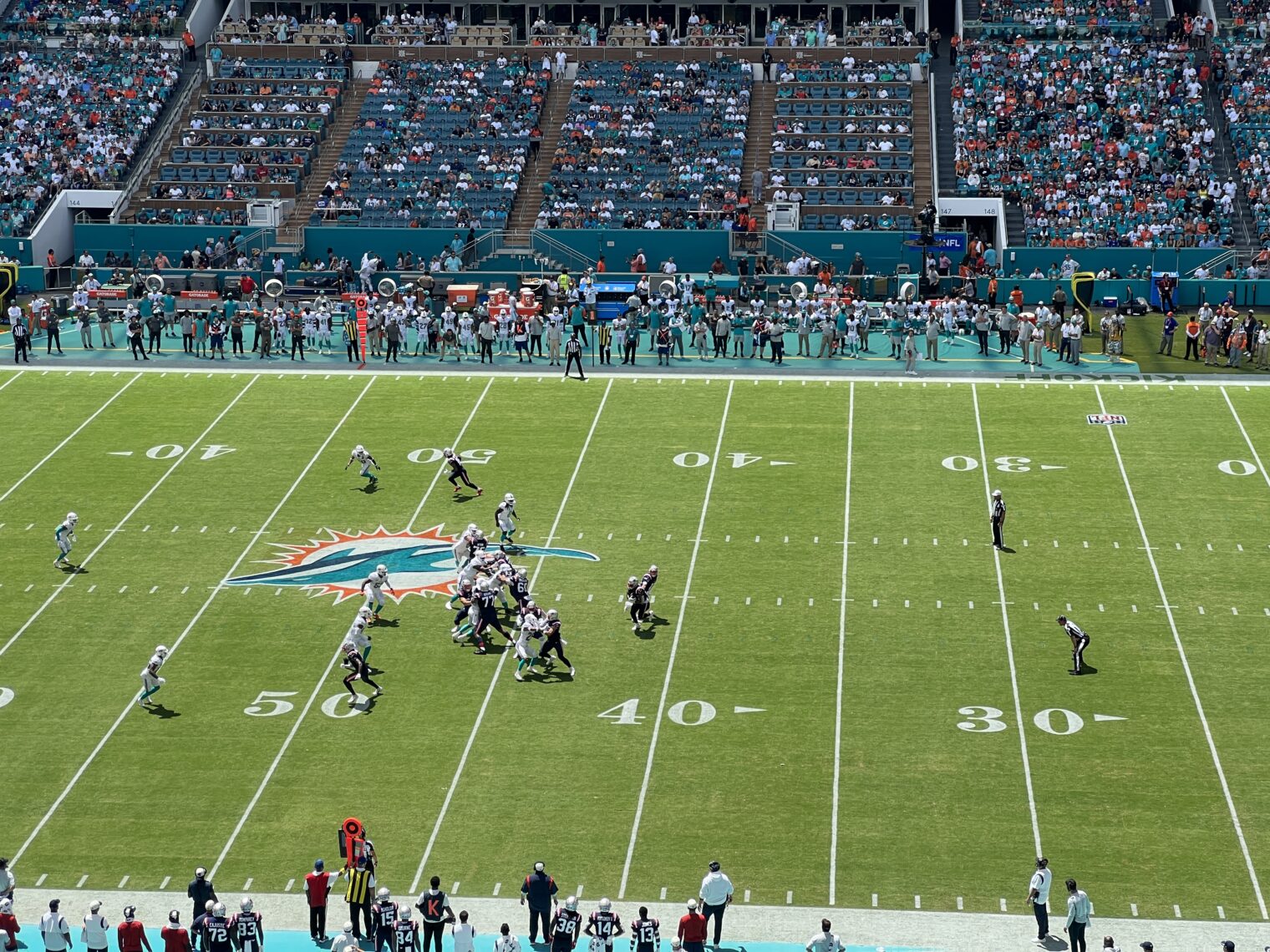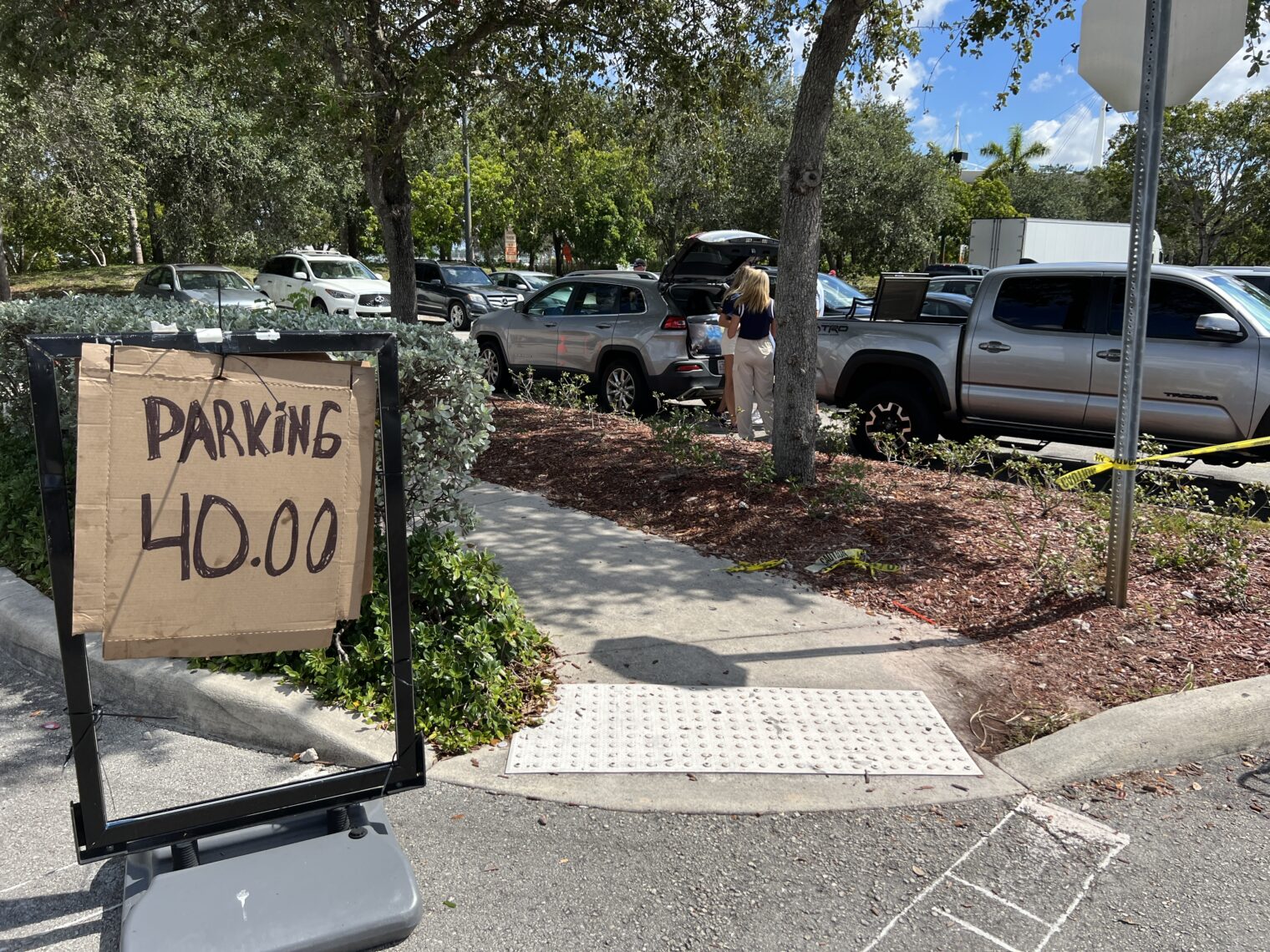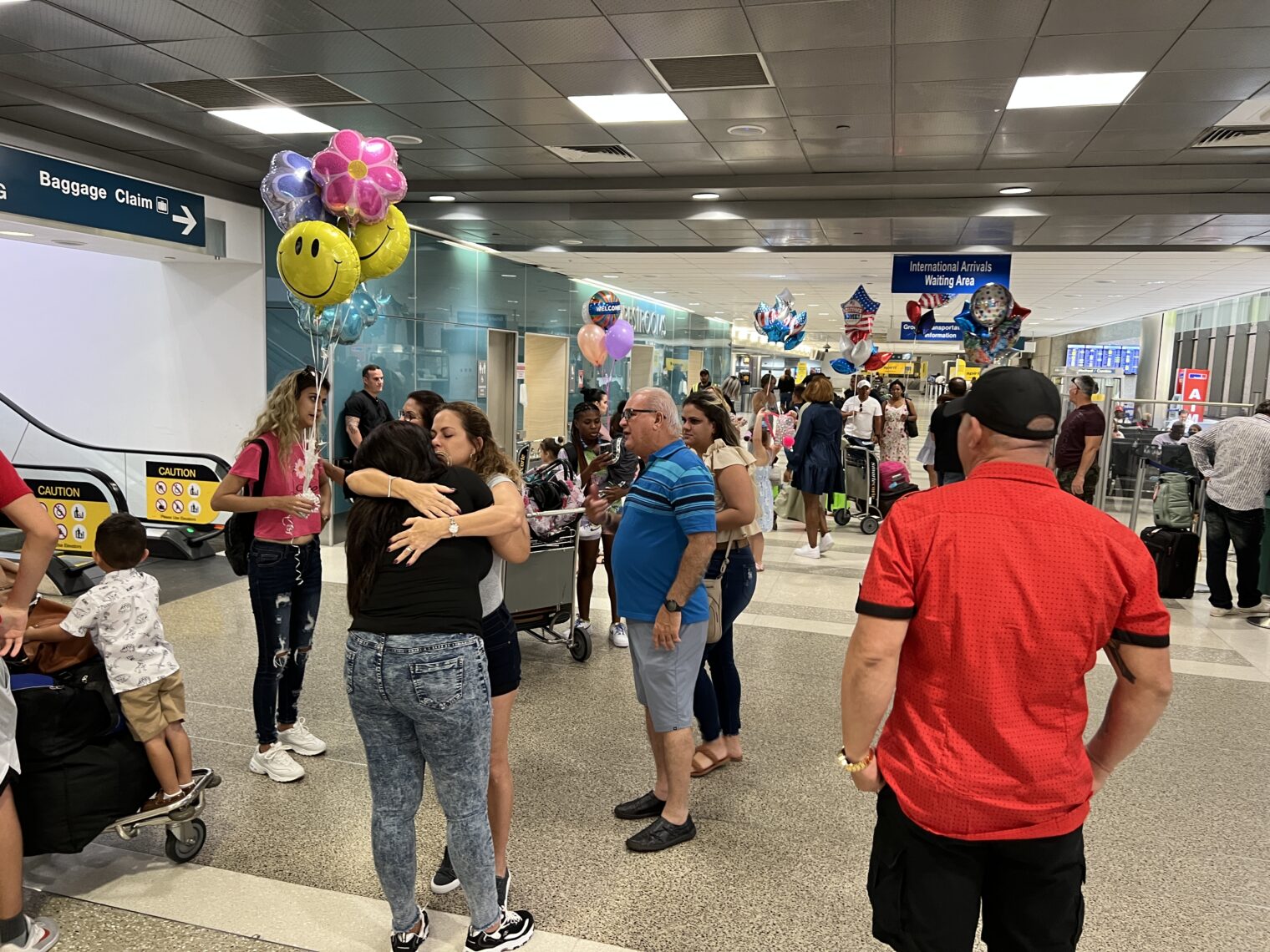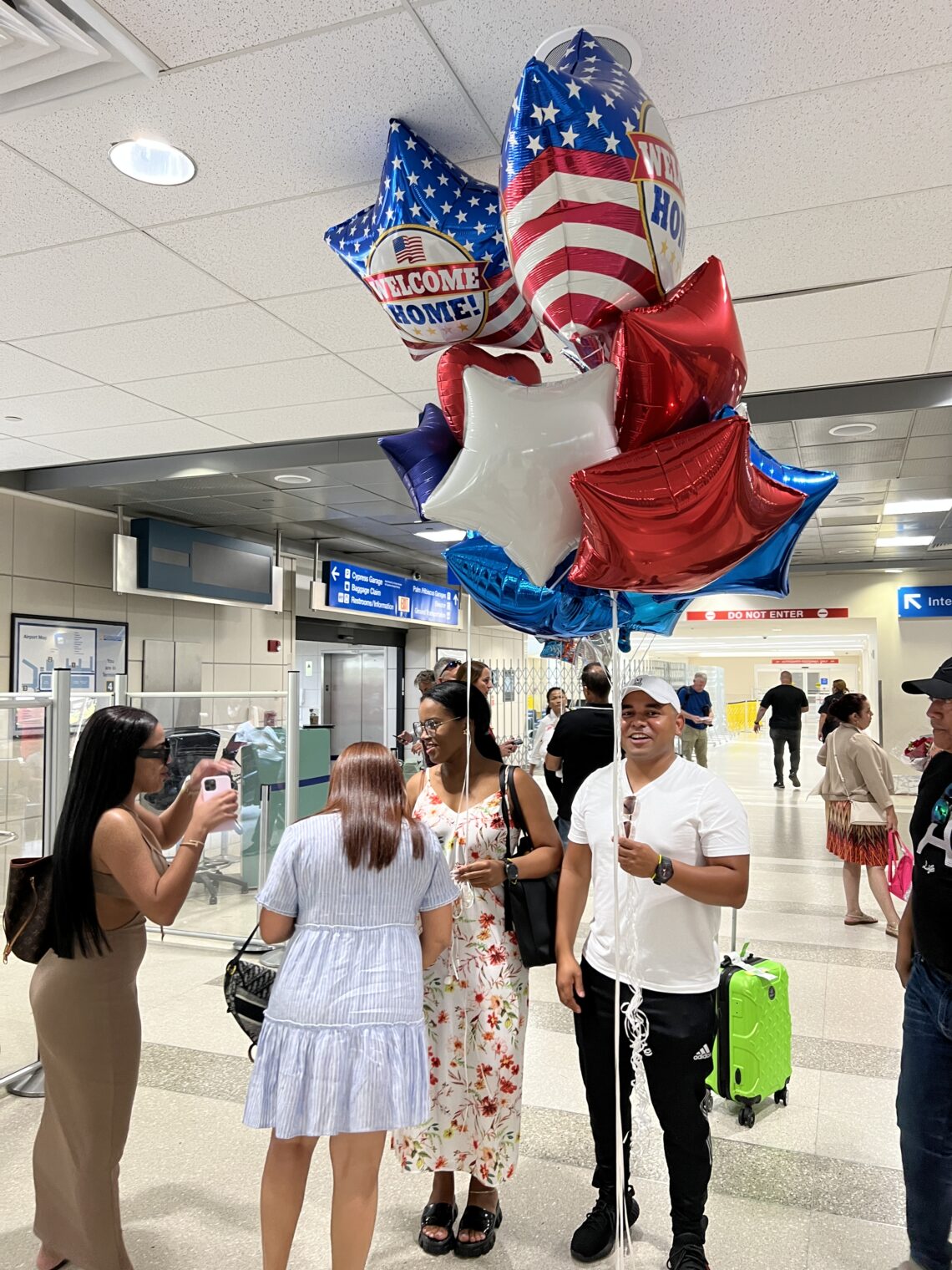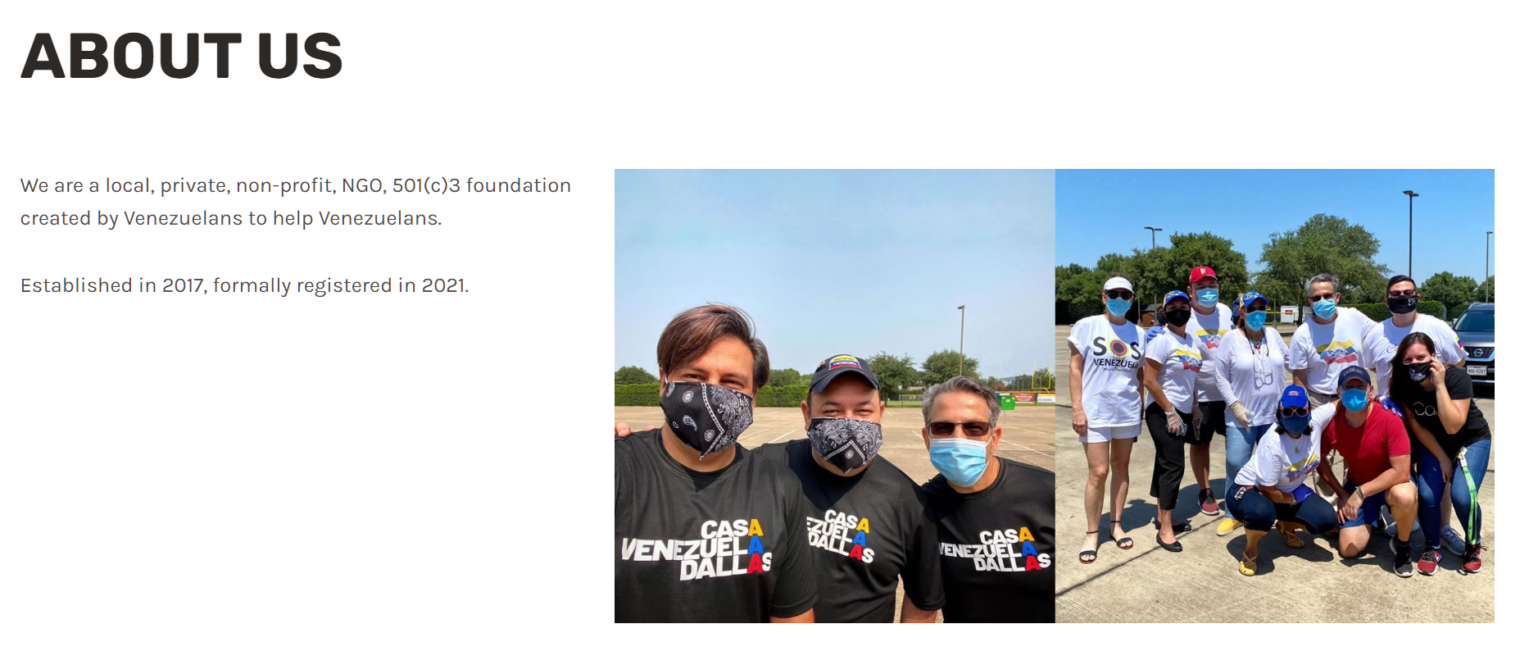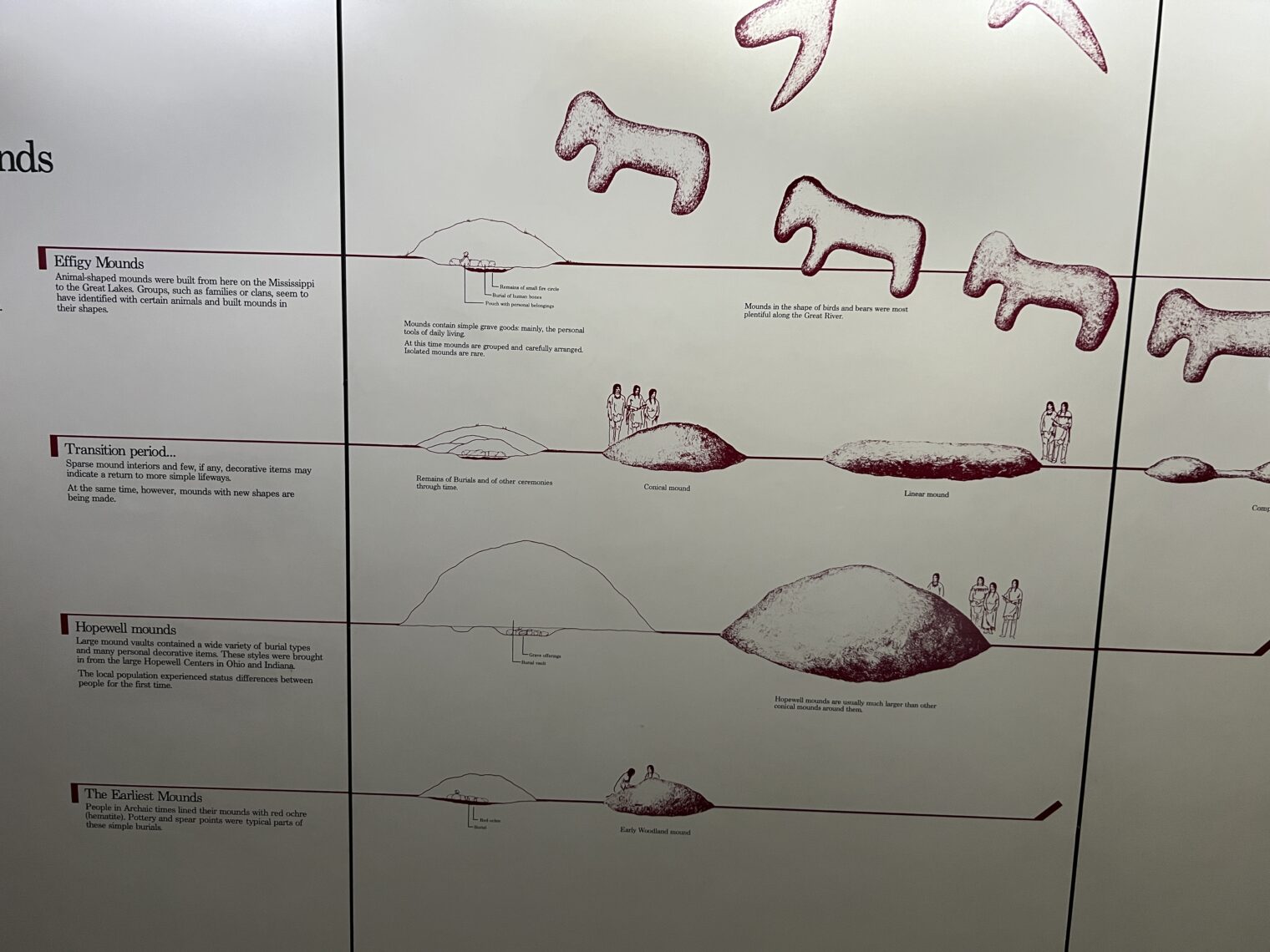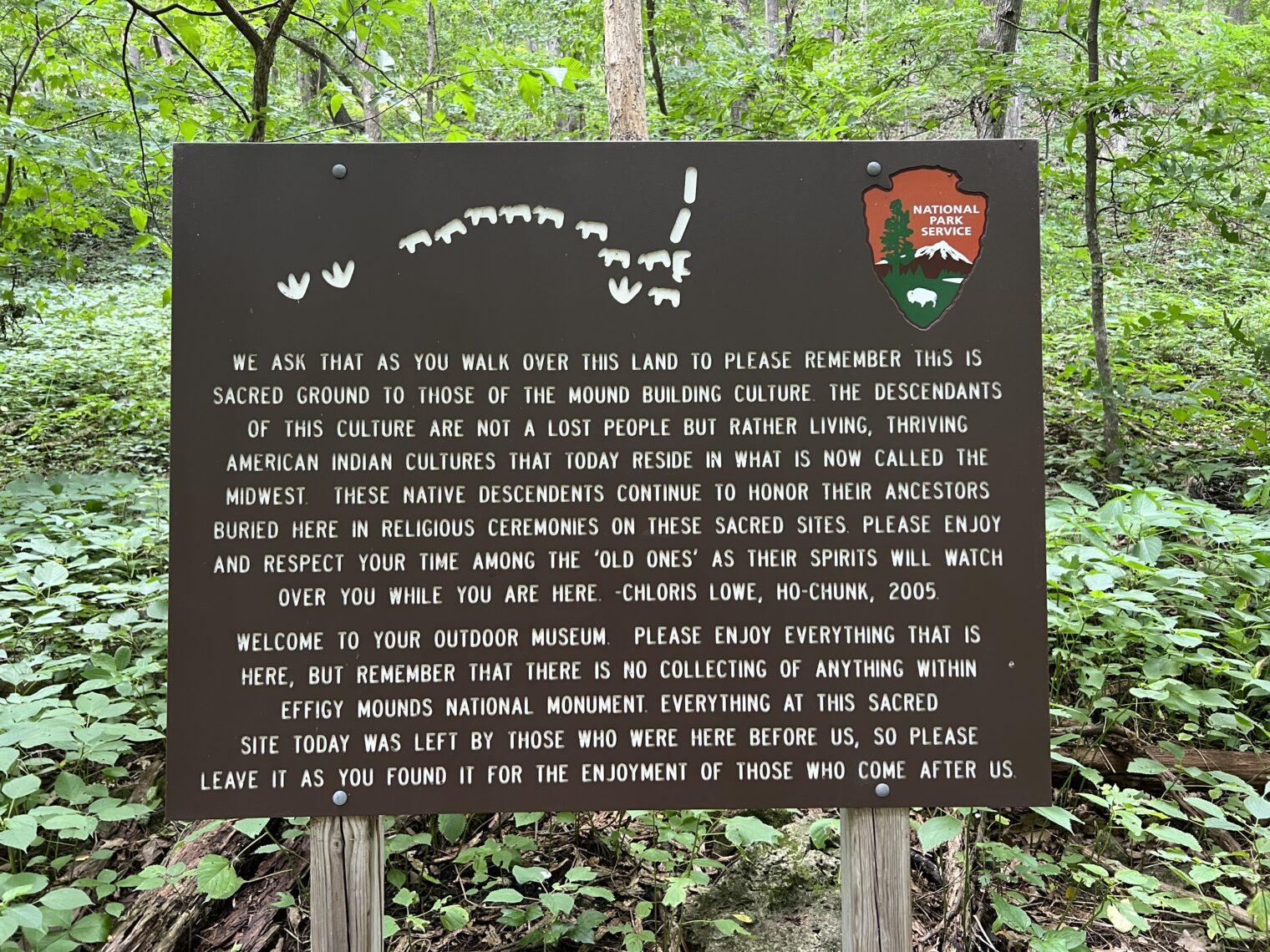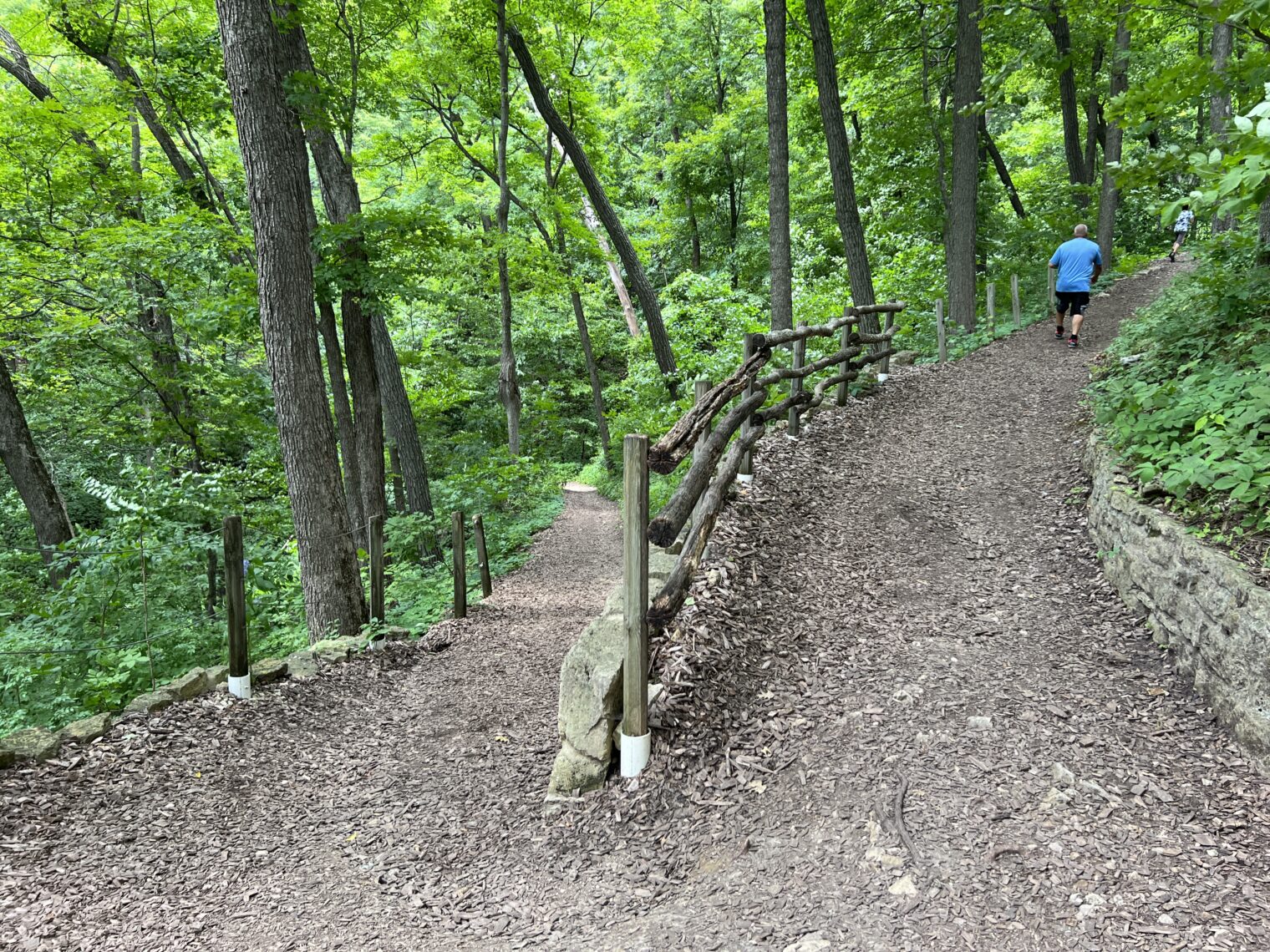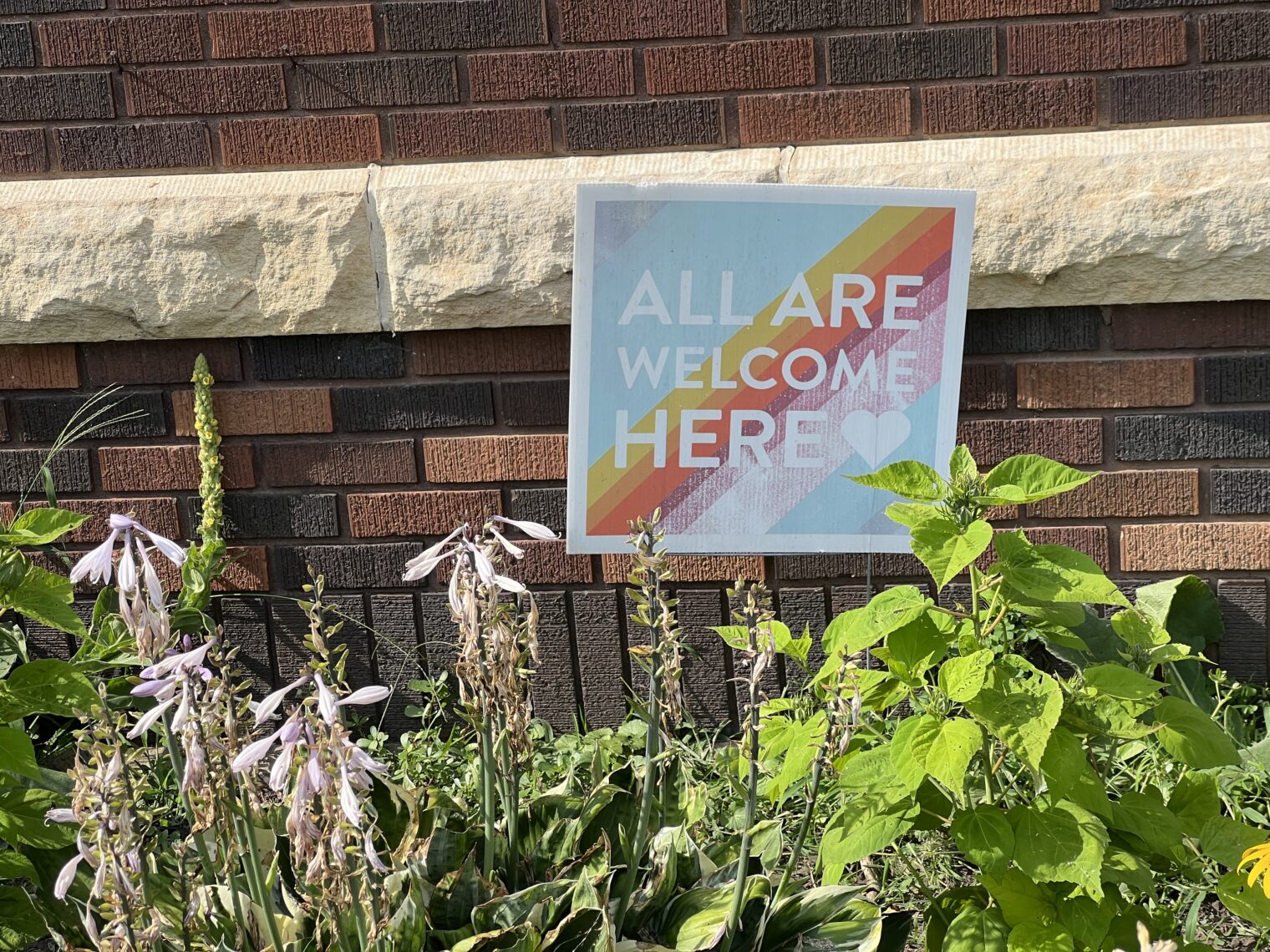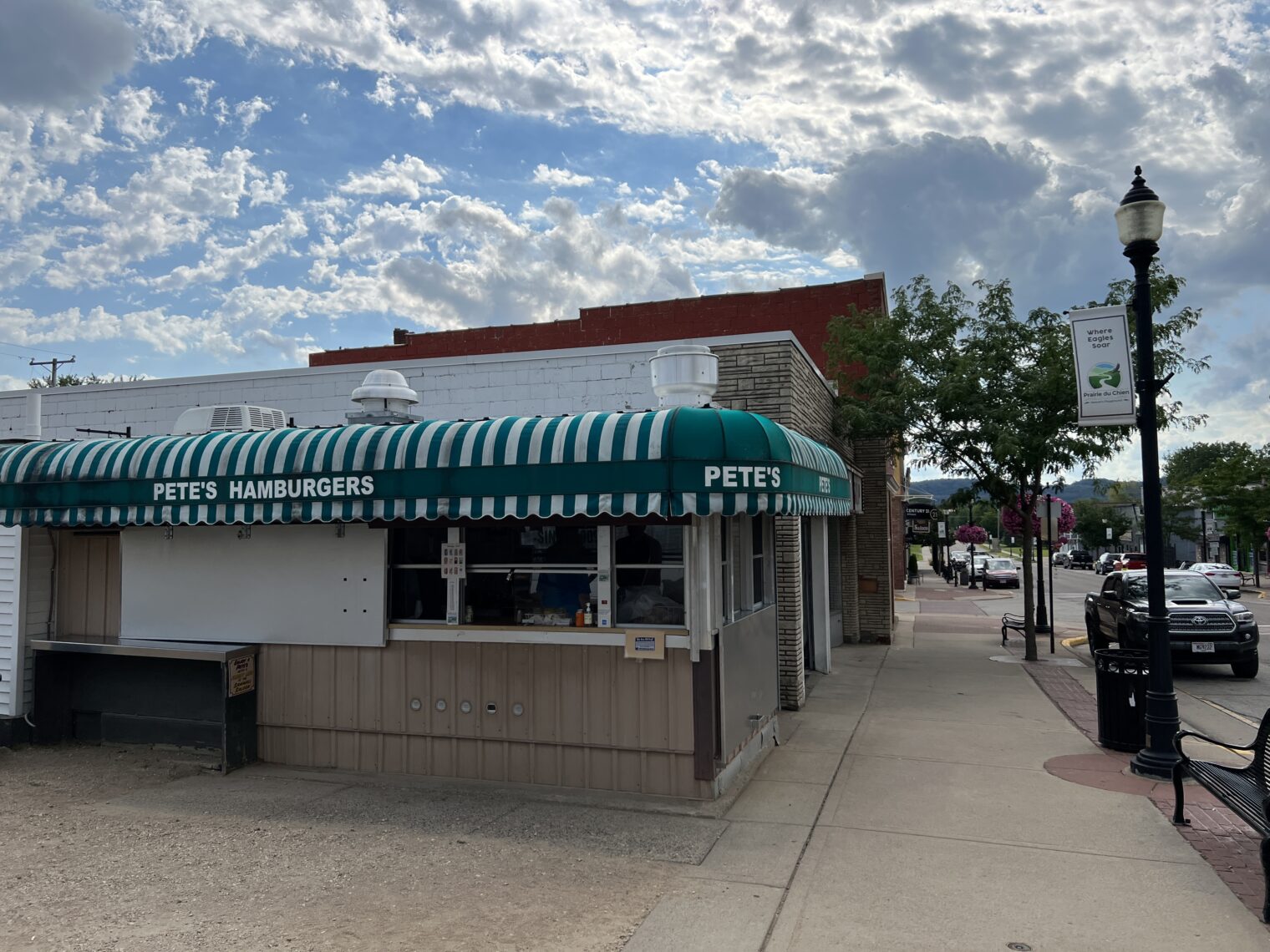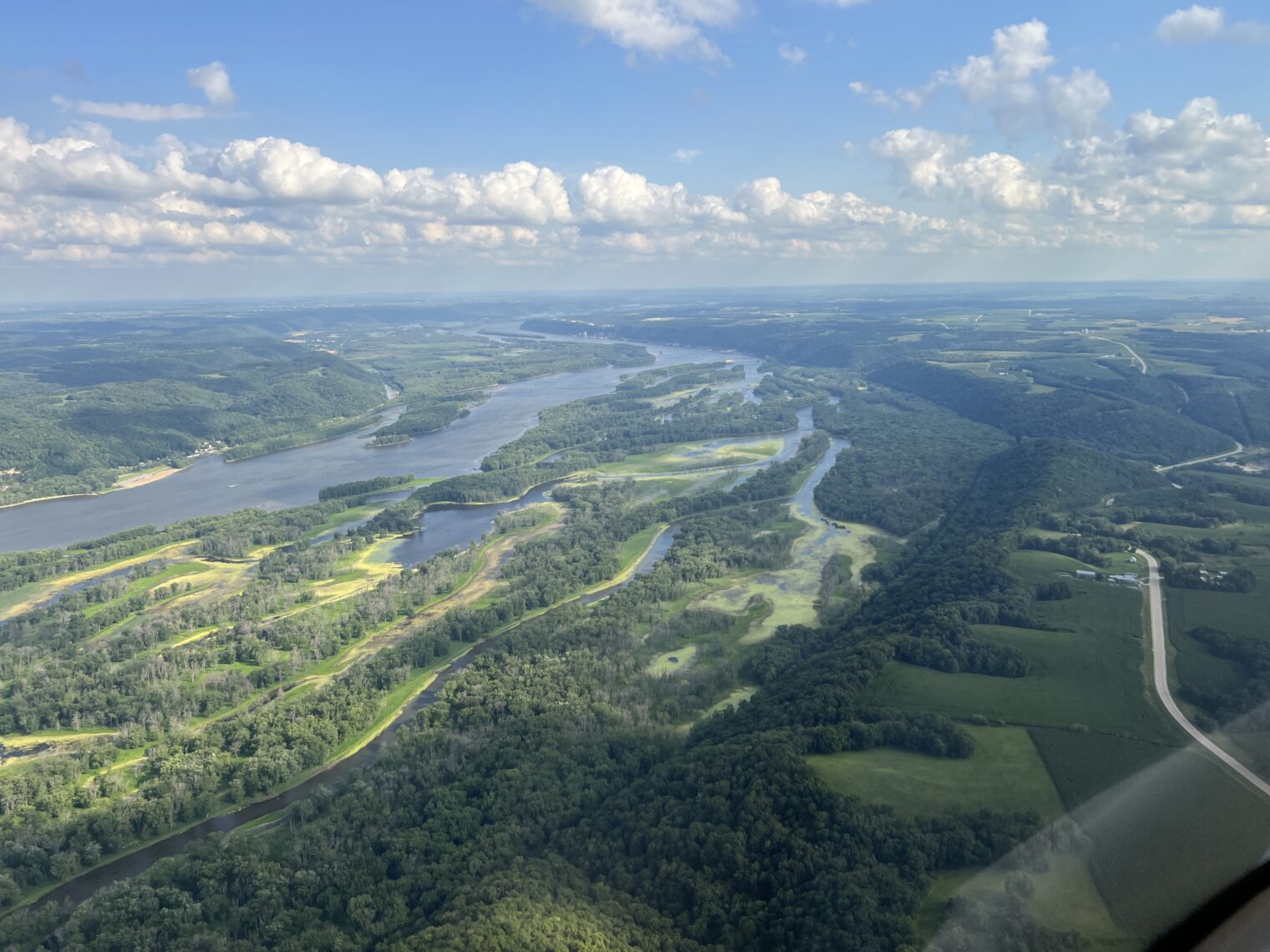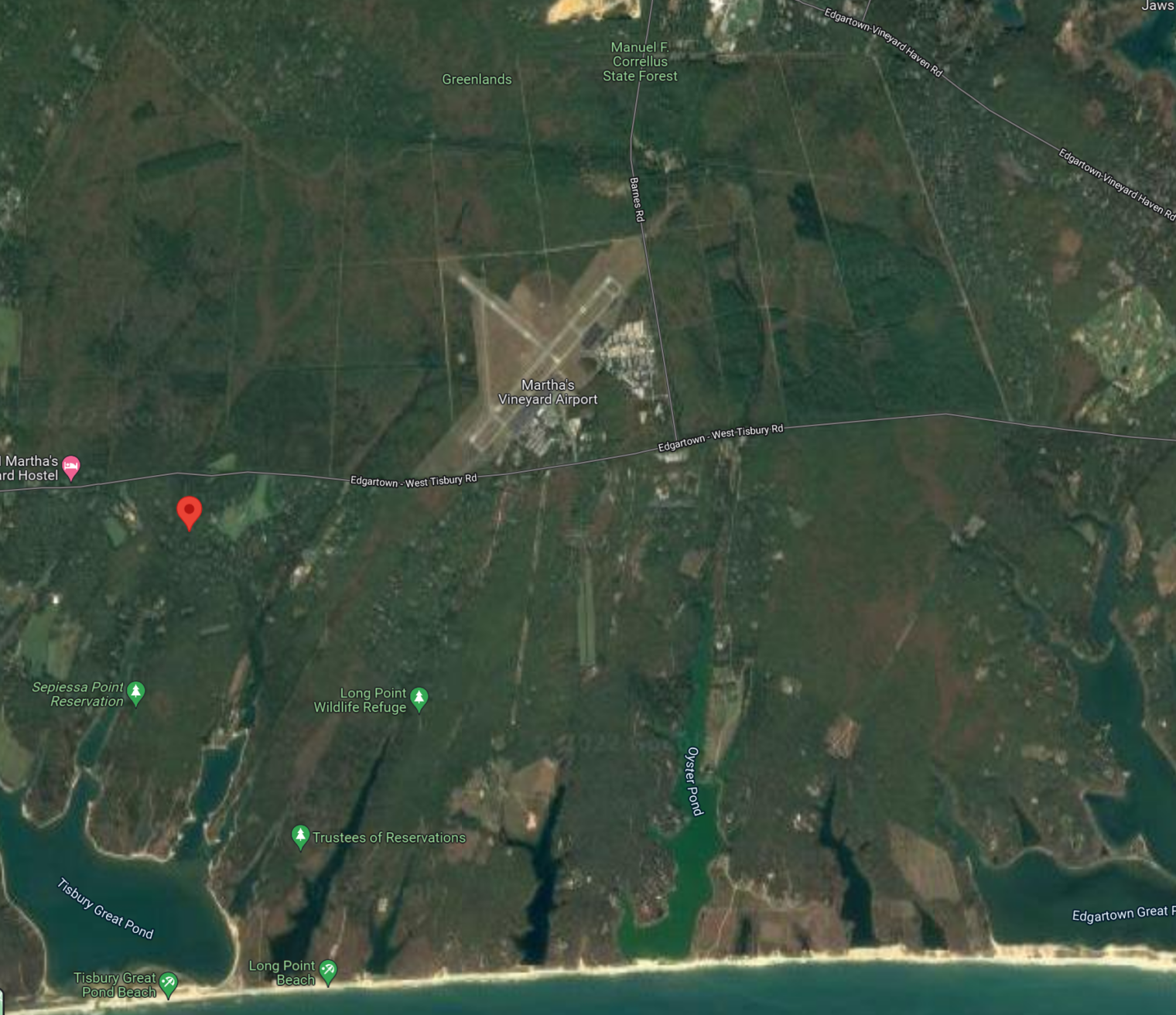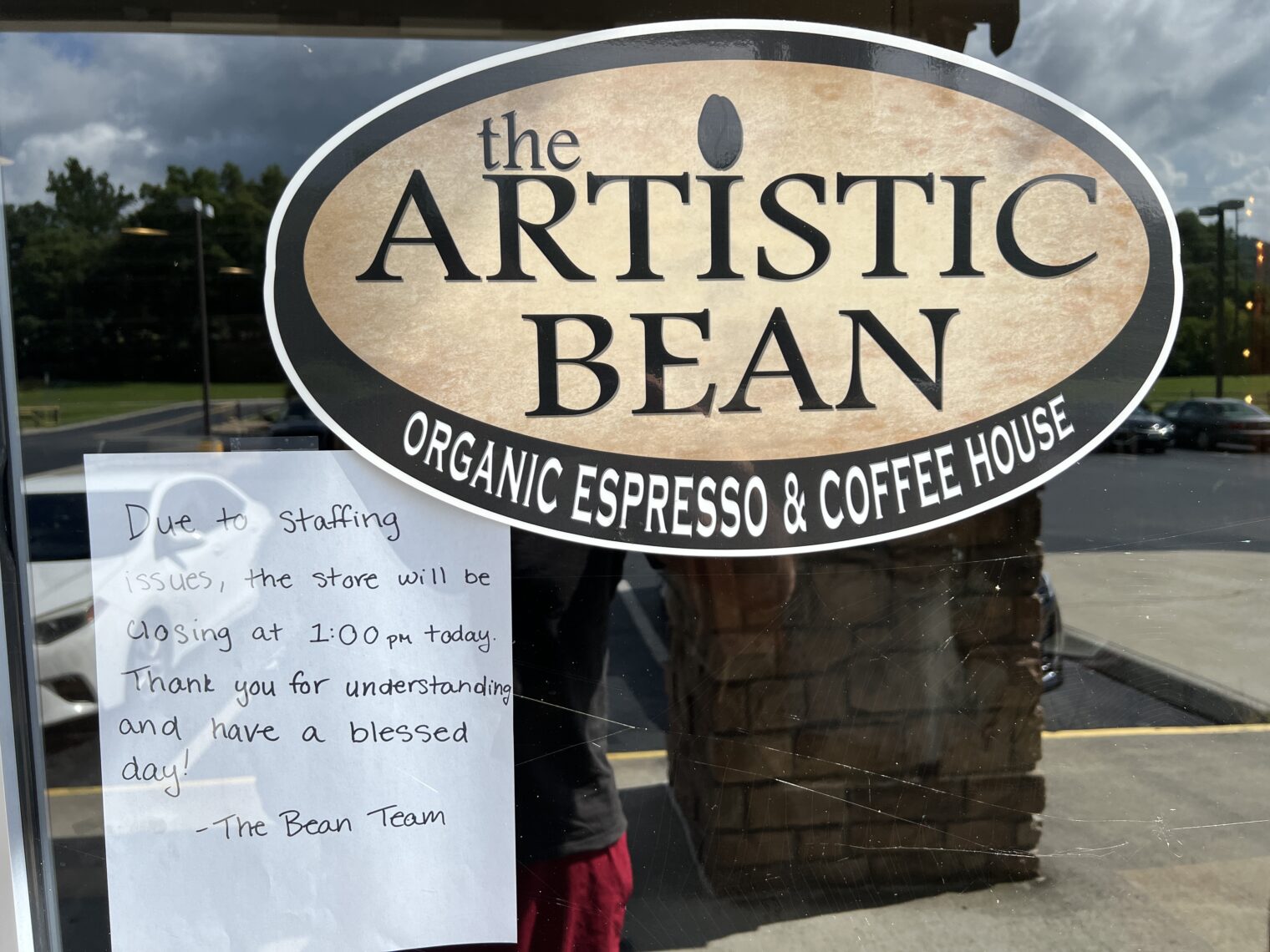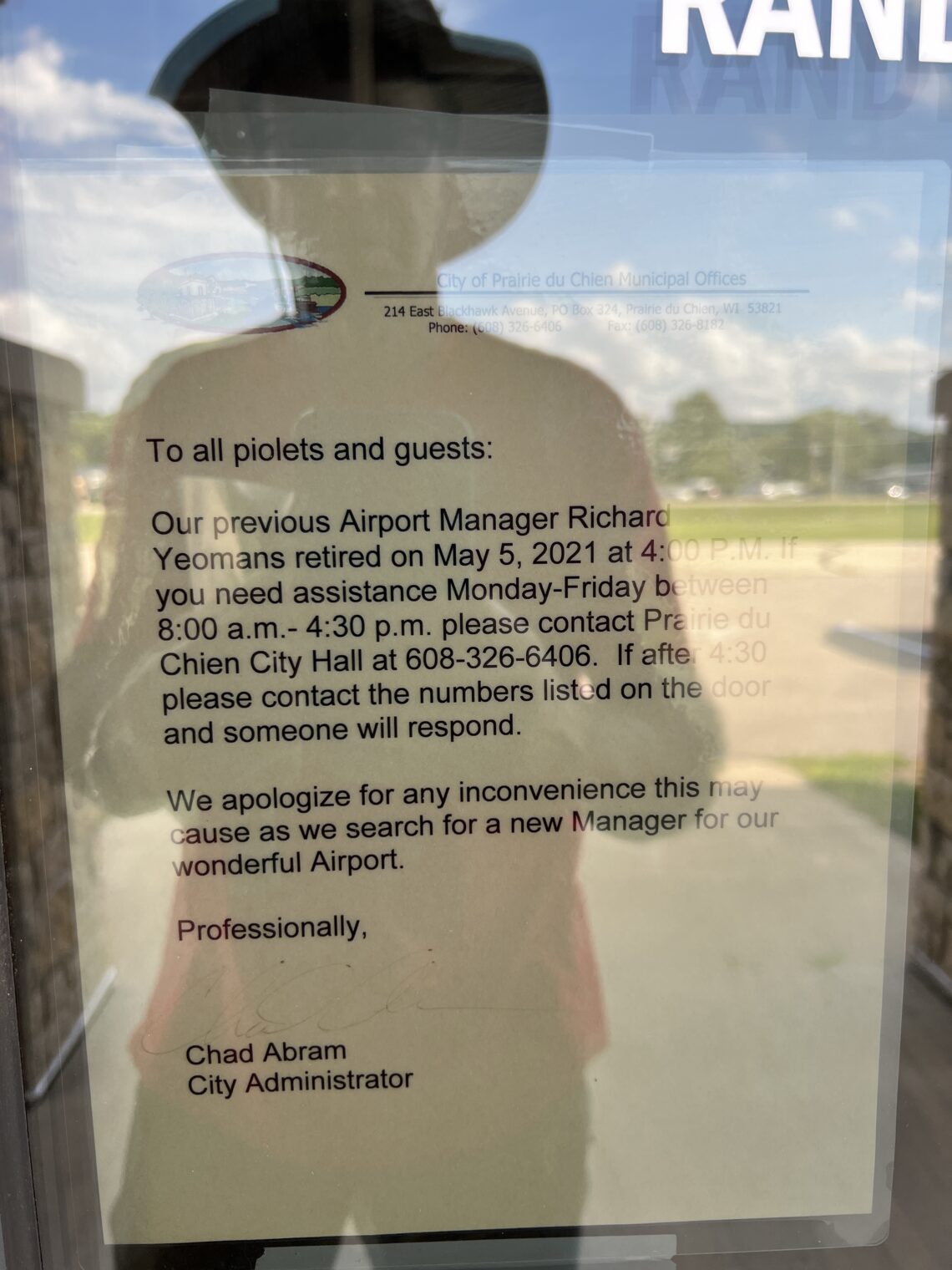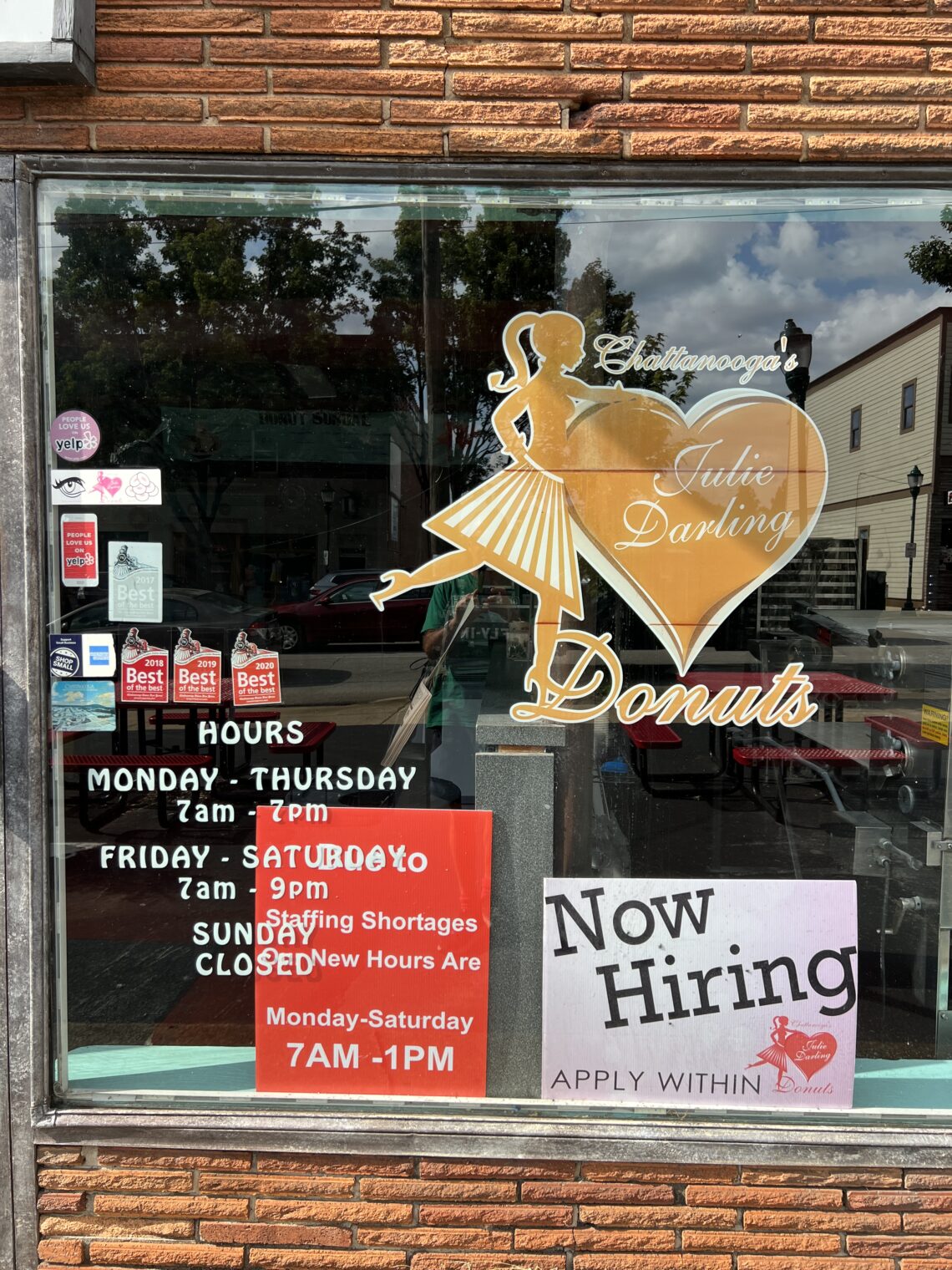A Miami Dolphins game at Hard Rock Stadium
A friend whose teenage son is a fanatical Patriots fan indulged the boy and his brother with a trip to Miami to watch the Patriots-Dolphins game on 9/11. A mutual friend texted his opinion:
Football is a barbarous gladiatorial display which sacrifices black bodies on the altar of entertainment.
We were glad that we hadn’t invited him to come down from the Northeast.
My friends rated Hard Rock Stadium, entirely privately funded (compare to what New York taxpayers are doing in Buffalo), as superior to Gillette Stadium in the Boston exurbs. It took less than one minute to get through security and ticket validation.
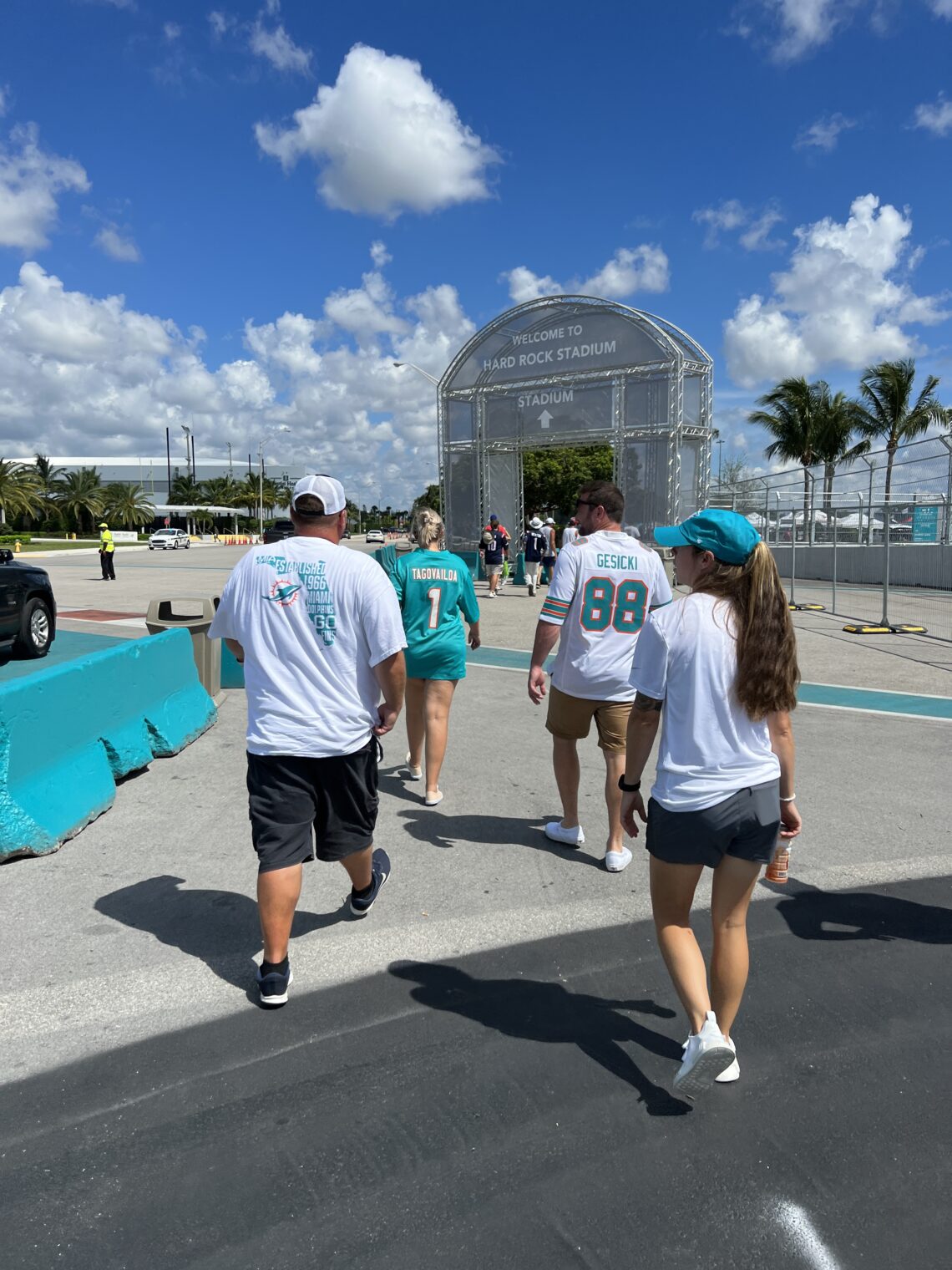
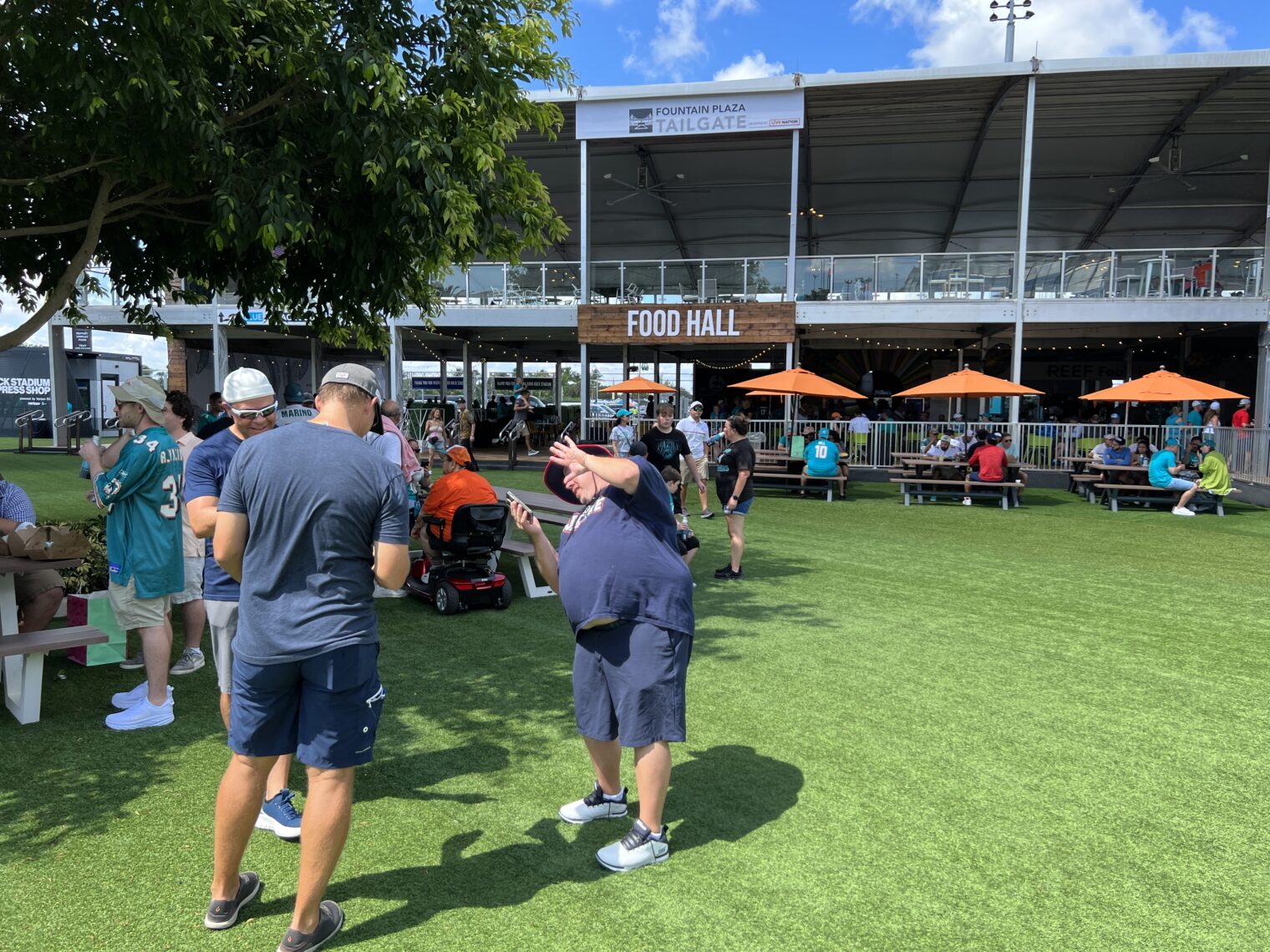
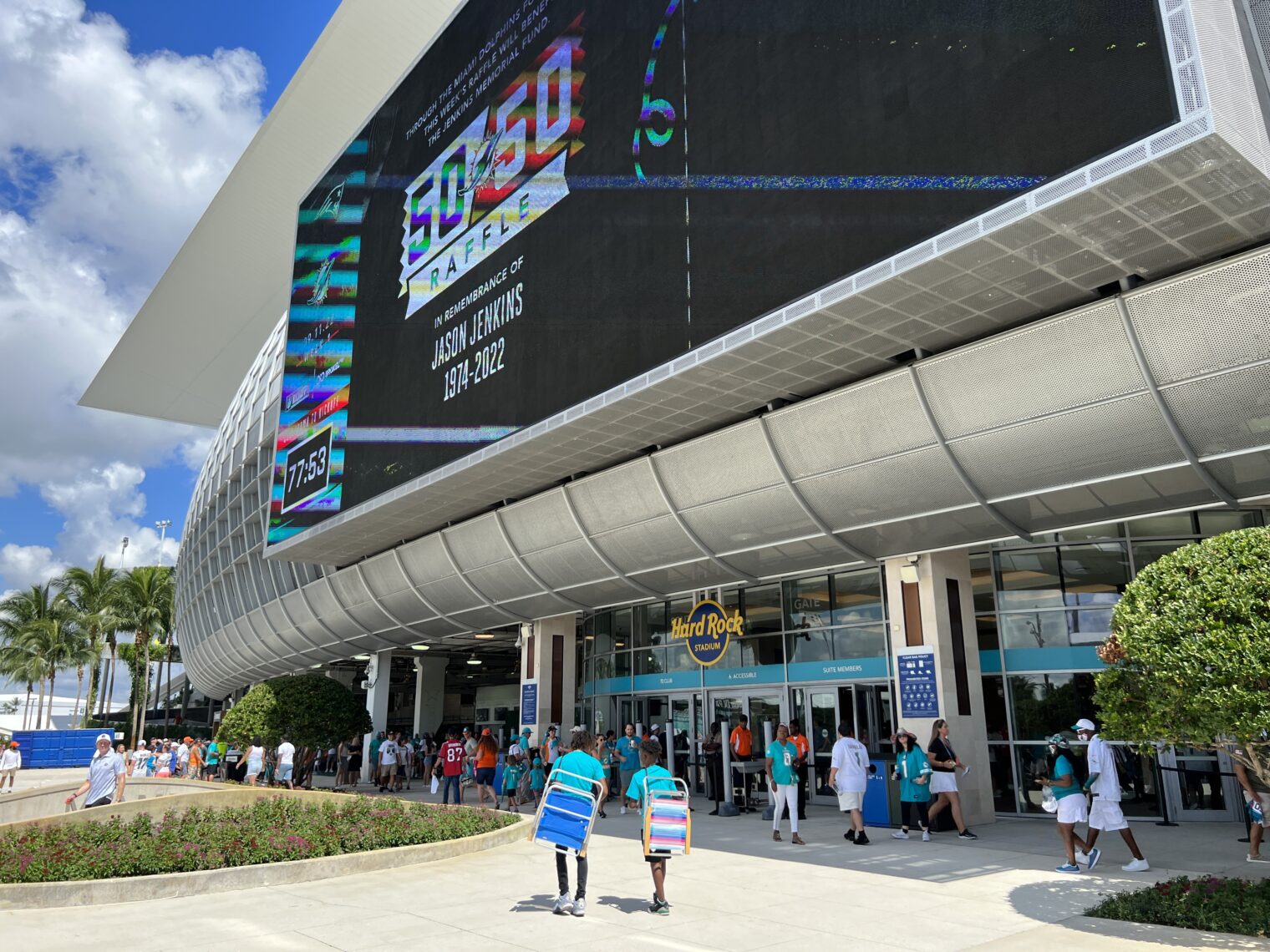
The stadium is set up so that the home team has an enormous advantage. The “home” sideline is on the south side of the field, shaded by the south portion of the structure. So the home team in September is on the sidelines in “only” 90-degree heat. The visitors are on the north sideline, exposed to the direct Florida sun, and able to fry eggs on their helmets.
If you’re looking for backyard flag ideas, here’s what the Dolphins did for 9/11:
If you’re sitting in your $2,000/person premium seat and seized with a California-style passion for housing the unhoused, you won’t see any in-stadium messages regarding poverty or how say-gooders can help. If you’re passionate about 2SLGBTQQIA+, Pride, and the struggle for equality, you’ll be disappointed to see that there are no rainbow flags in the stadium. Those with a passion for social justice are not entirely ignored, however. One end zone bears the message “End Racism” while the opposite end zone reminds spectators “It Takes All of Us”:
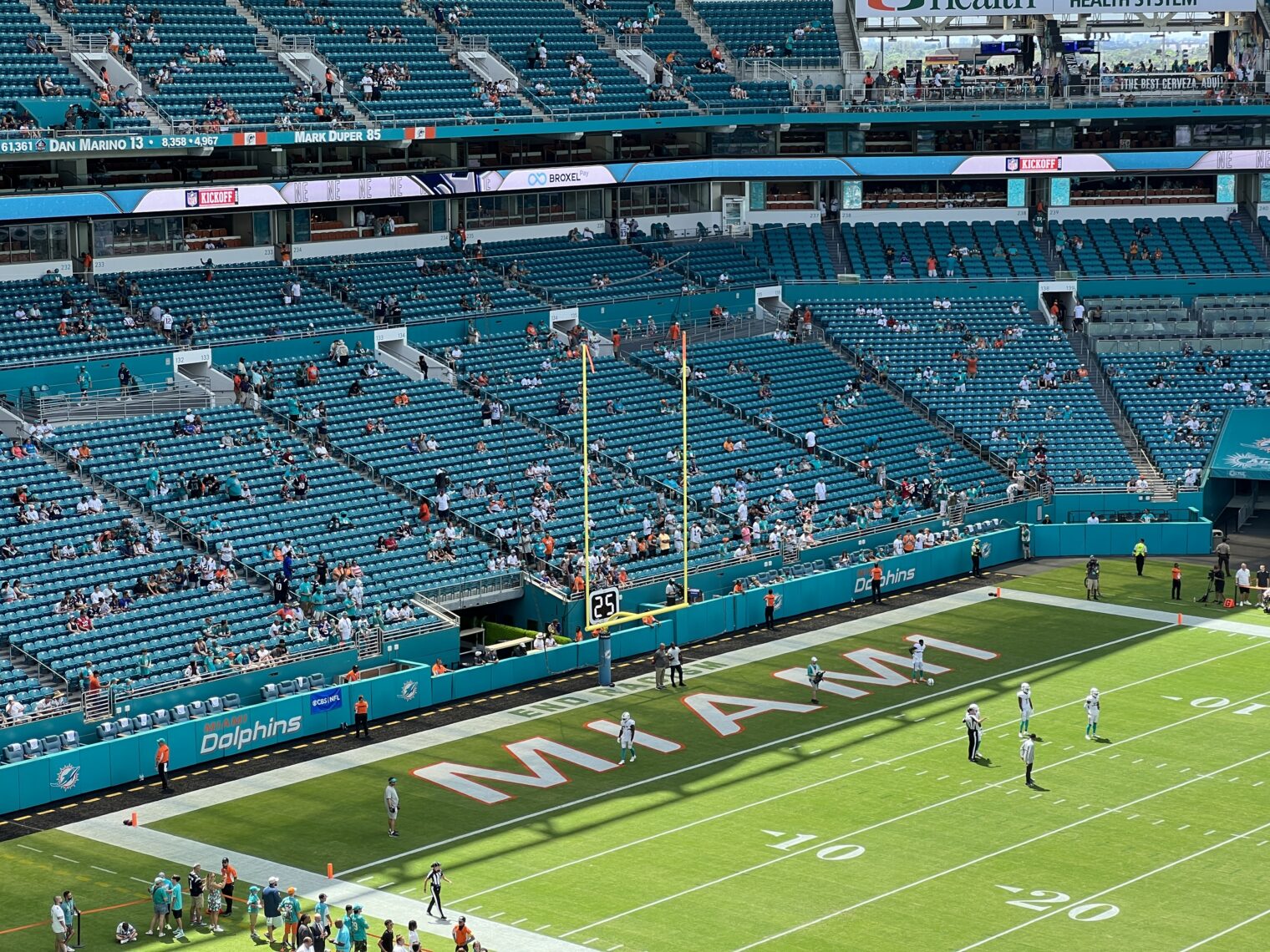
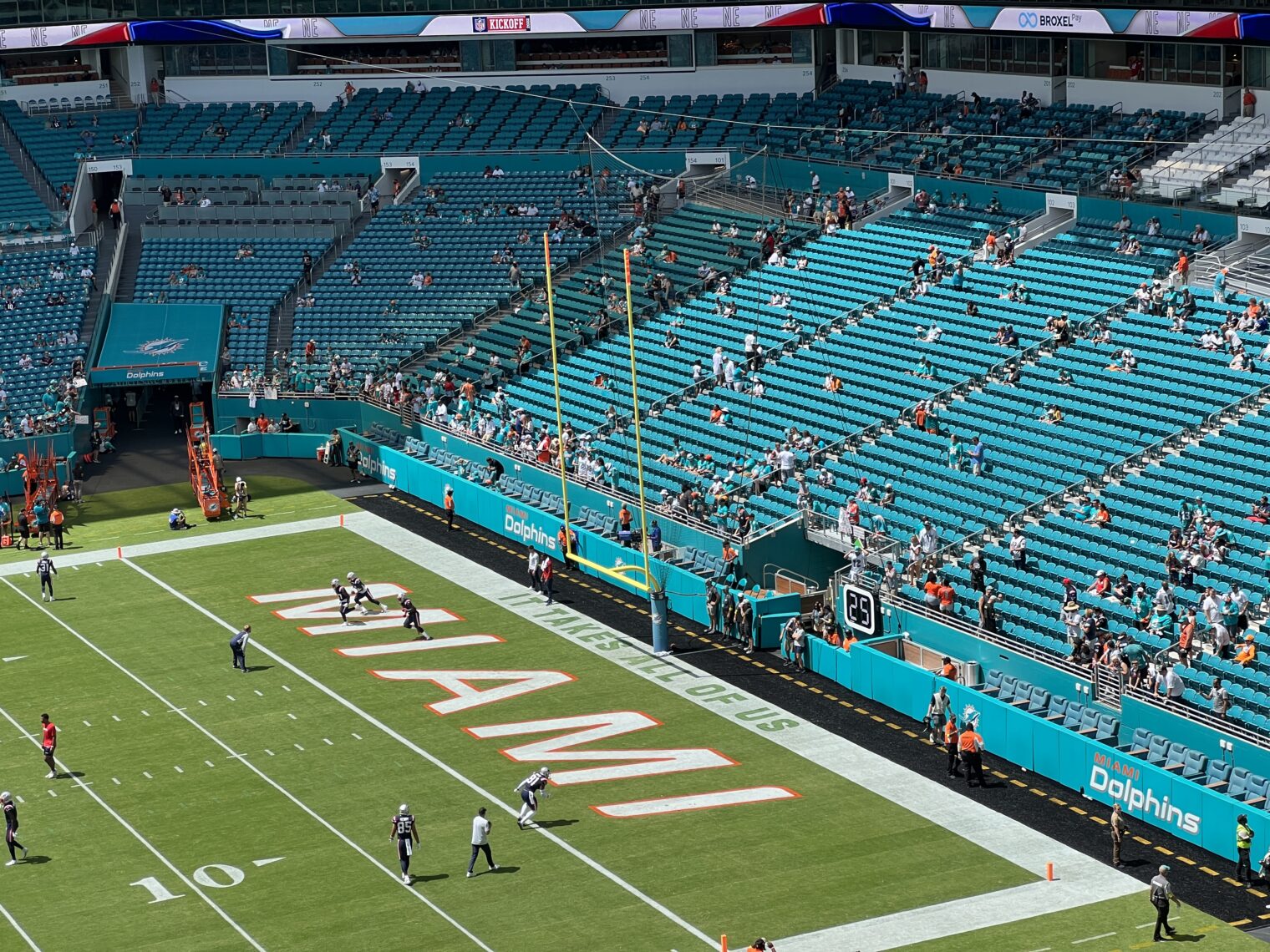
Conveniently, as with waving a rainbow flag, ending racism does not require us to spend any money (except on NFL tickets!). Let’s hope that ending racism doesn’t require perfect hearing because every part of the stadium is loud. Music is played before the game and there is a literally deafening roar from the fans during the game. Calls from the referees are amplified, but difficult to understand (much harder than when seeing a game on TV). I wouldn’t take a noise-sensitive kid to the stadium.
We are informed that the Venezuelan economy is in tough shape, but there was a huge line of people at halftime for the $8 arepas.
Speaking of Venezuela, here’s a gal from that country who was forced into following the NFL and cheering for the Patriots by her fiancé (unhappy in the background as the Dolphins maintained their lead, ultimately resulting in a 20-7 victory for the Team of Party On over the Team of Science. 2.5 years of masks and “essential” marijuana did not help the Patriots win). She even had Patriot-symbol earrings.
Tip: try to eat before the game and don’t expect to be able to get any food or drink (other than from a water fountain) during halftime.
How about seats? We were in cheap ($200, including fees, purchased as “verified resale” a few day days prior) seats in section 317 and the view seemed good. Legroom is skimpy, however, so stay home on the recliner if you want to stretch out. You can see the half-empty premium seating section below. The customers for these seats in Miami are so rich that they don’t bother going to the Ticketmaster web site to transfer their $2,000/seat tickets. There were some empty seats in the nosebleed sections, but the super expensive sections had the lowest occupancy. Maybe it is time to vote in Bernie Sanders and Elizabeth Warren so that these folks will be forced to pay their fair share?
Transportation? My friends were latecomers to the parking party and ended up in Lot #20 (buy in advance from Ticketmaster), which would be regarded as Siberia from the perspective of VIPs and season ticket holders. This is a 15-minute walk from the stadium, but the reward is that you get in and out without sitting in any traffic. Highly recommended. Another good option would be to park between the Sonic and Walmart at the SW corner of the stadium. The risk of being stuck in traffic seems a little higher, but nothing like it would be in the close-in official lots.
Inspired by stadiums in Japan that have no parking lots at all, but are instead built near train stations, I decided to join by taking the Tri-Rail commuter train from West Palm Beach. This is just like the trains in Norway, which I recently enjoyed, in that it rides on steel rails. After that, the similarity ends. Commuter lines in Norway run every 15 minutes; Tri-Rail runs every hour on Sundays (and was 30 minutes late, which means some passengers waited 1.5 hours in stations that don’t have bathrooms (the toilet on the train was broken and overflowing)). The Norwegian trains are clean and quiet. Tri-Rail has a ventilation system that overpowers the Florida heat, but at the cost of a huge amount of noise. Tri-Rail is so bumpy that it is tough to read while in motion; the Norwegian trains are smooth.
Because it is so noisy and expensive, even though I am passionate about ending racism I am not enthusiastic about returning with the family for a Dolphins game. If we did go, however, we would drive and park in Lot #20 or similar, aiming to arrive at least one hour prior to the game so as to avoid the worst of the traffic.
Part of the post-game survey:
There is no difference between Chinese and Samoan:
Go Big or Go Home on the income:
Full post, including comments